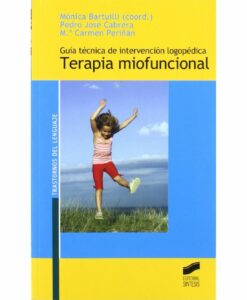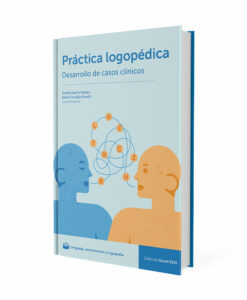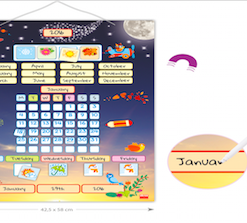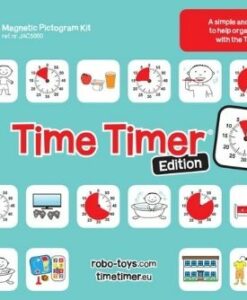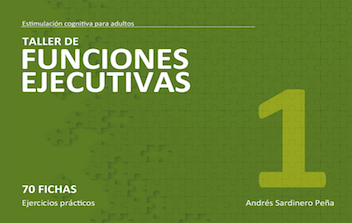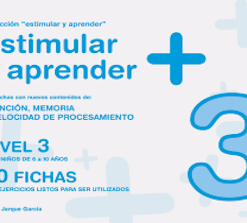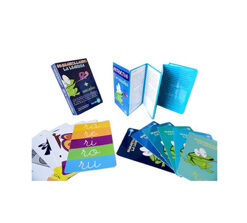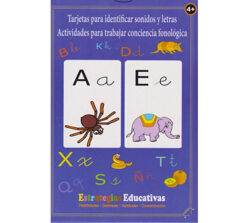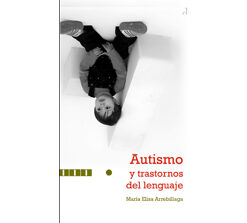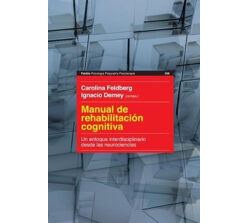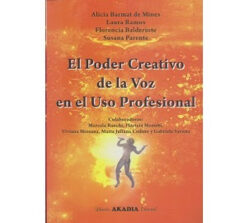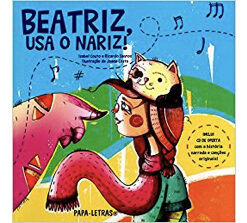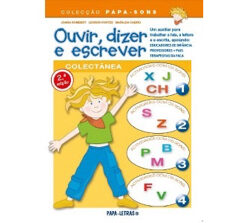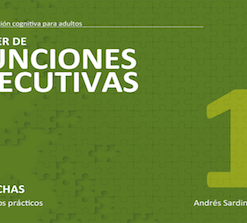Description
With the five workbooks of the Executive Functions block we stimulate the most complex and advanced intellectual process in the human being, which is closely related to the cognitive faculties of reasoning, attentional control and decision making.
Following the Executive Functions workbooks we train the most relevant facets of this process such as: the temporal planning of one’s own behavior, the ability to sequence and organize information, the suppression of irrelevant data, the comprehension of abstract language and the reasoning on visual information.
We include a wide repertoire of verbal and visual tasks, since the executive functions, more than working with their own contents, supervise and control the rest of the cognitive processes (memory, attention, language, perception, etc.). In this block we work with exercises to improve the executive functions:
- Ordering actions: We show a list of steps that are relevant to perform a certain activity and achieve a particular goal, but they are out of order. The person is asked to place them in a logical temporal succession. Each step is a prerequisite for the next, so that the overall goal can only be achieved if they are arranged in the correct sequence. In the initial levels we use illustrations and in the following levels we use only written text. Subprocesses involved: executive function sequencing, executive function planning, working memory, linguistic comprehension.
- Interference: Under the denomination Interference we gather 10 activities with different stimuli and instructions, but that share the characteristic of showing at the same time two sources of information that are in conflict. The person must attend to one source of information and inhibit the other source of information with which it competes. By using varied activities we get the person to perform executive processing and prevent him/her from developing automatisms. Executive processing, which is more flexible, acts mainly during the first occasions when we face a task. Subprocesses involved: interference control, inhibitory control.
- Ordering lists: Here we ask the person to organize a series of words or images. For example, we can ask him/her to organize the concepts “chair, pen and truck” according to the criterion of lesser to greater weight. In the first levels we use images and provide the criterion for ordering the material. In the advanced levels, we use written words and the person himself must generate a criterion to organize the list. For example, the sequence “grandson, grandfather, father, great-grandfather, son, great-grandson” can be placed by generating the criteria from youngest to oldest: “great-grandson, grandson, son, father, grandfather and great-grandfather”. Subprocesses involved: organization and sequencing, linguistic reasoning, linguistic comprehension.
- Reasoning about differences: In each exercise we show a group of words related to each other in meaning, except for one word that departs from the rest, i.e., it is an “intruder.” The person must cross out the term that is different and unrelated to the others. Subprocesses involved: executive function of semantic classification, working memory, linguistic reasoning, linguistic comprehension.
- Reasoning about sequences: Stimuli follow one another, repeating in the same order over and over again. By looking at the list of stimuli, the person must extract what the repeating pattern is and continue the list by adding more stimuli. Subprocess involved: executive function sequencing, visual reasoning.
- Verbal abstraction: We use proverbs, idioms and sayings that are part of popular knowledge. The person must choose which is the implicit advice or idea that he/she is trying to convey to us, but which is not found in the manifest content of the sentence. Subprocesses involved: verbal reasoning, metaphorical language, linguistic comprehension.
- Visual reasoning: At the top of the card we show a table with four boxes. All the cells contain a drawing except for the last one. The drawings change from one cell to another following a criterion. The person must find out which is the criterion by which the figures change and choose in the lower part of the card the appropriate option to complete the table. Subprocesses involved: visual reasoning, visual sequencing, mental rotation of images, perceptual discrimination of shapes, figure-ground, size and visual orientation.
All workbooks include a user’s guide detailing the nature of the activities, application instructions, how to evaluate the answers as well as solved examples of the proposed activities.
The different Executive Functions workbooks ordered by level of difficulty are to be used with flexibility by the therapist, and are an excellent reinforcement for the Attention block of our Collection, as they train and maintain the ability to concentrate.
Text in Spanish.






